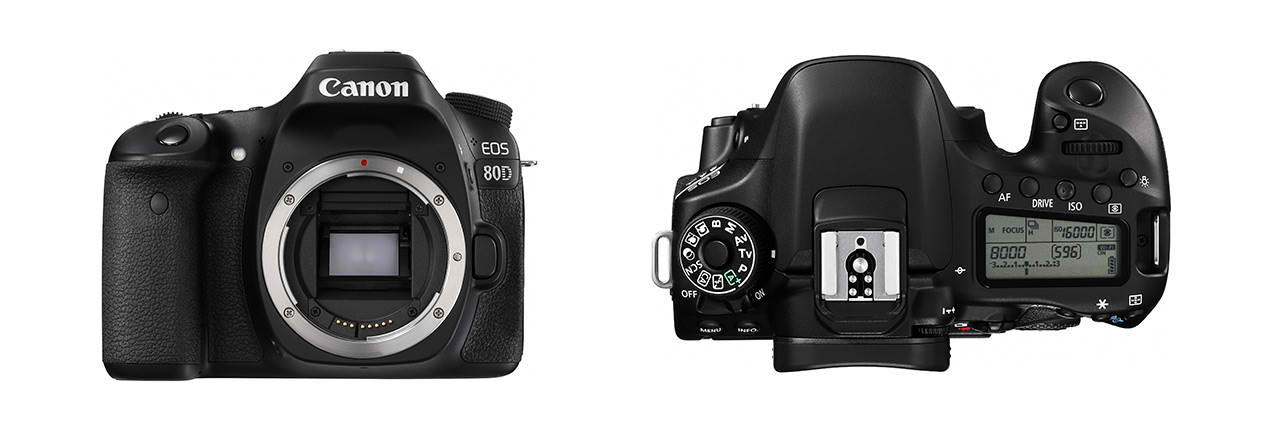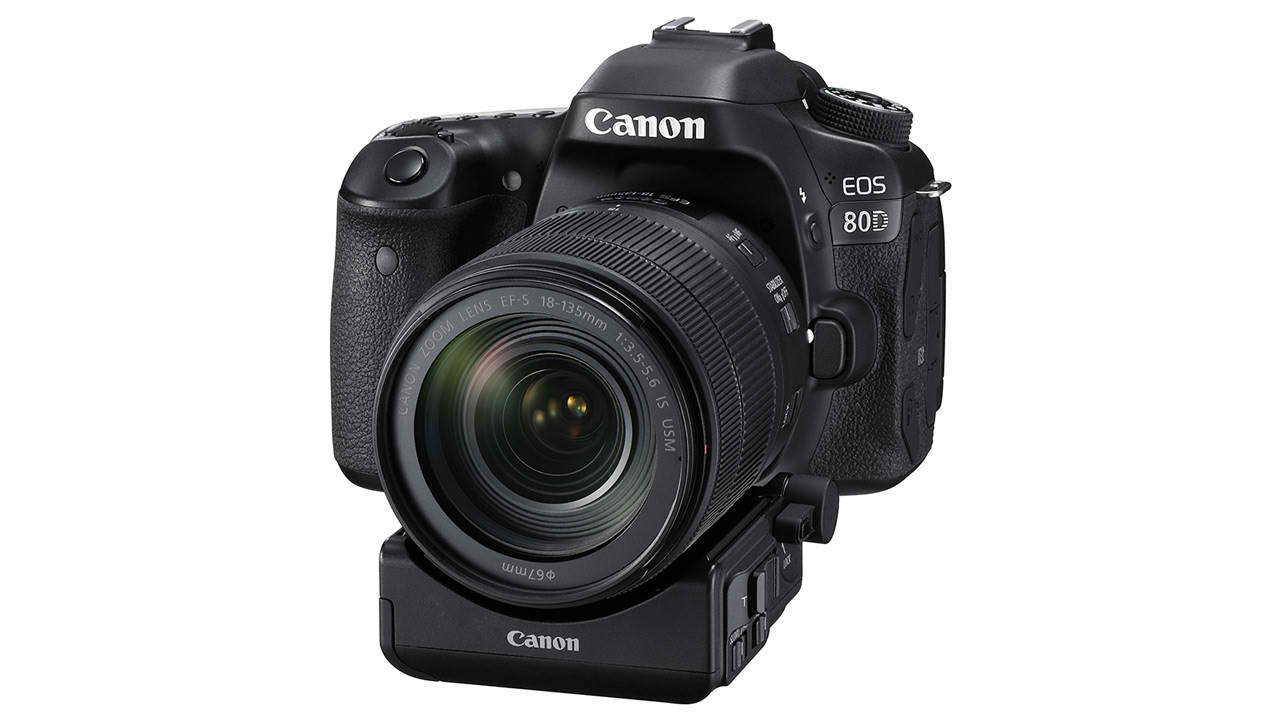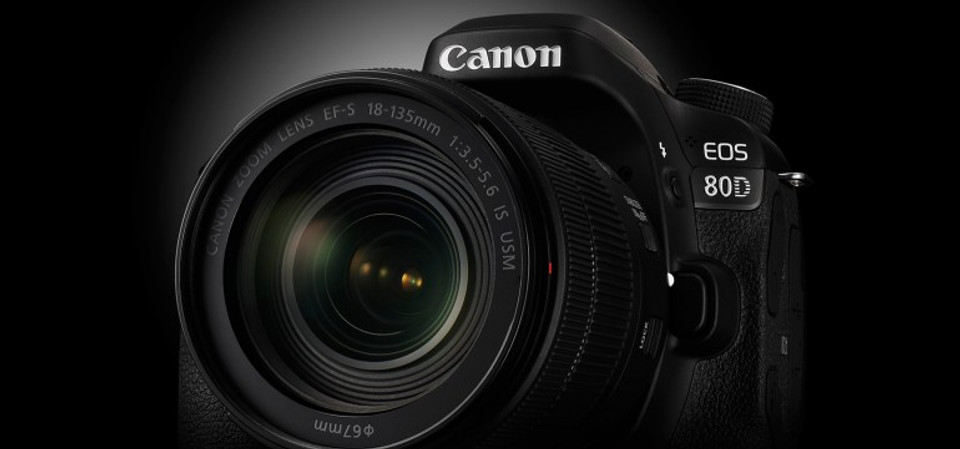Canon’s popular mid-range APS-C line got an upgrade today, as did a couple of their advanced compact cameras.
Canon EOS 80D
Featuring a 24.2-megapixel CMOS APS-C sensor, the 80D is a new mid-range APS-C Canon’s camera. Native ISO range is improved to 100-16,000 (up from 12,800) while the expandable ISO remains capped at 25,600.

The 70D got our attention as the first DSLR to allow autofocus for video. With the 80D, Canon has improved on their design with a new autofocus system with 45-points, all of them cross-type, more than doubling the 19 on the 70D.
Maximum burst rate remains 7FPS despite an upgrade to DIGIC 6 from a DIGIC 5+ image processor but the buffer has been expanded to allow for 110 JPEGs or 25 RAWs before it starts to slow down, up from the 70D’s 40 JPEGs or 15 RAWs.
Other specs look to be the same or similar compared to the 70D, such as a 3.0″, 1.04m dot Vari-angle touchscreen on the back, Wi-Fi/NFC and 1080p HD video. You can find the full press release from Canon here.
The EOS 80D is scheduled to arrive in April 2016 with estimated retail prices of $1599.00 (body only), $1799.00 (with 18-55mm) and $2399.00 (with new 18-135mm).
All three options are available for pre-order at bccamera.com.
Pre-order: EOS 80D Body Only
Pre-order: EOS 80D with 18-55mm F3.5-5.6 IS STM
Pre-order: EOS 80D with 18-135mm F3.5-5.6 IS USM
EF-S 18-135mm F3.5-5.6 IS

Canon’s popular all-purpose EF-S 18-135mm F3.5-5.6 IS USM zoom also received an upgrade as the first lens in Canon’s lineup to use their new “Nano USM” focus motor technology. According to Canon, Nano USM is “a new type of focusing motor that combines the benefits of a ring USM (ultrasonic motor) for high-speed AF during still photo shooting and lead-screw type STM (stepping motor) for smooth and quiet movie AF, and improved AF speeds up to 4.3x (Tele) and 2.5x (Wide) faster than the previous model.” The image stabilization compensates for 4-stops.
There’s also a new accessory Canon is calling the Power Zoom Adapter PZ-E1, which works with the new EF-S 18-135 to “provides silent and smooth zoom and can be adjusted incrementally to 10 different levels of zoom speed.” The adapter also works remotely with the Canon Camera Connect app, which adds interesting functionality options for remote camera operators.
Powershot G7 X Mark II

The original G7 X is still one of our more popular cameras and it’s easy to see why. The 20.2-megapixel 1.0-inch sensor is fantastic, it’s paired with some fast F1.8-2.8 glass and it’s small enough to fit in a pocket easily.
The G7 X Mark II gets a DIGIC upgrade and the new image processor is said to further reduce noise in low-light situations. The body appears to have gotten some grip upgrades which should help photographers with larger hands hang onto the svelte frame. Video is recorded in 1080p HD and there’s built-in Wi-Fi/NFC for connecting to your smart devices.
The Powershot G7 X Mark II is expected for a May 2016 release with an estimated retail price of $899.00.
Powershot SX720 HS

Canon’s compact zoom also got a makeover. At the core is a 20.3-megapixel CMOS sensor and DIGIC 6 image processor. Zoom range has increased from the SX710 HS’ 30x zoom to a new 40x (24-960mm equivalent focal range), using a Hi-UD, three UD and three aspherical lens elements for excellent image quality. The SX720 HS also includes image stabilization, Wi-Fi/NFC and is slim enough to carry with you anywhere.
You can see Canon’s press release for the G7 X Mark II and SX720 HS here.
The Powershot SX720 HS is expected for a March 2016 release with an estimated retail price of $499.99.


